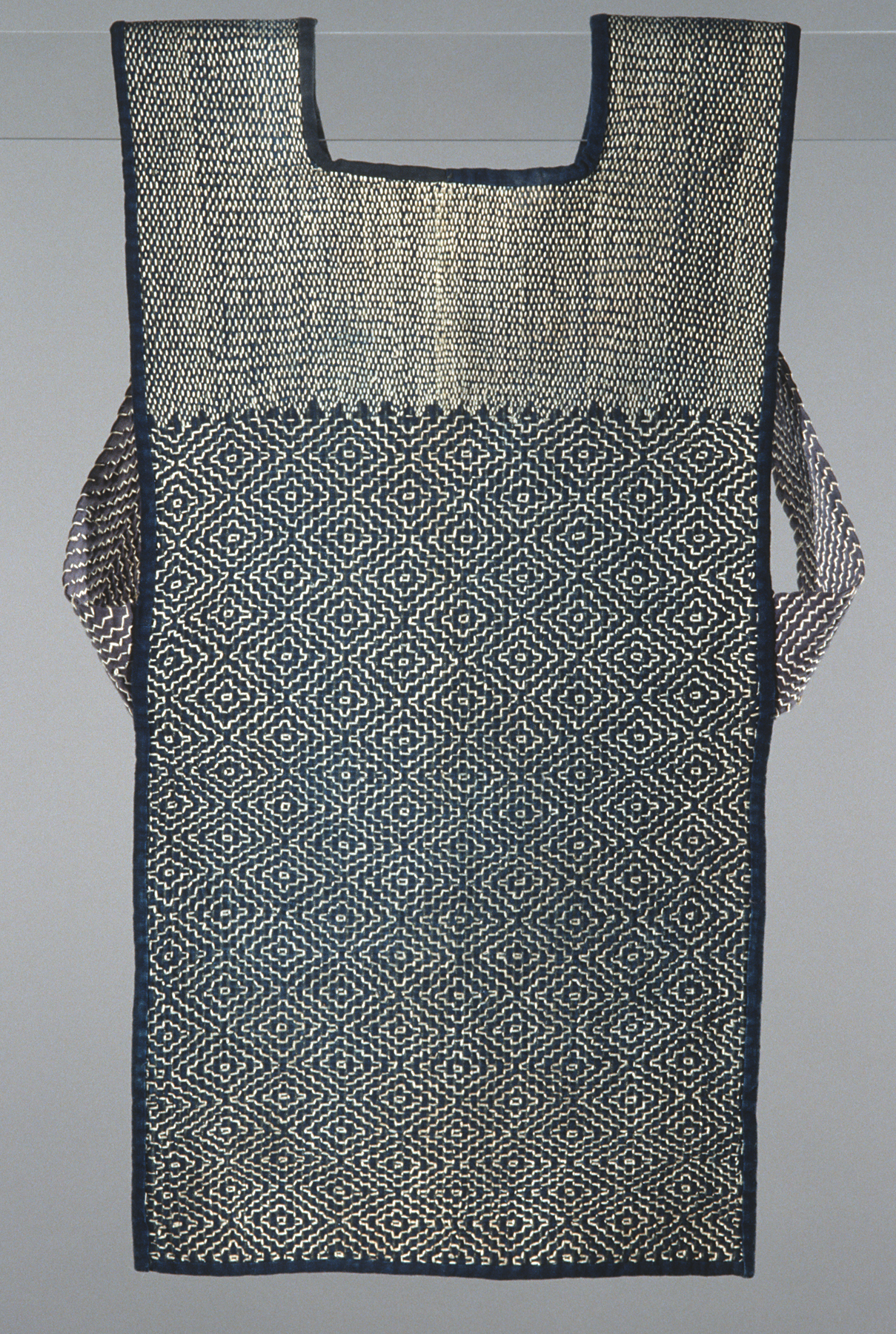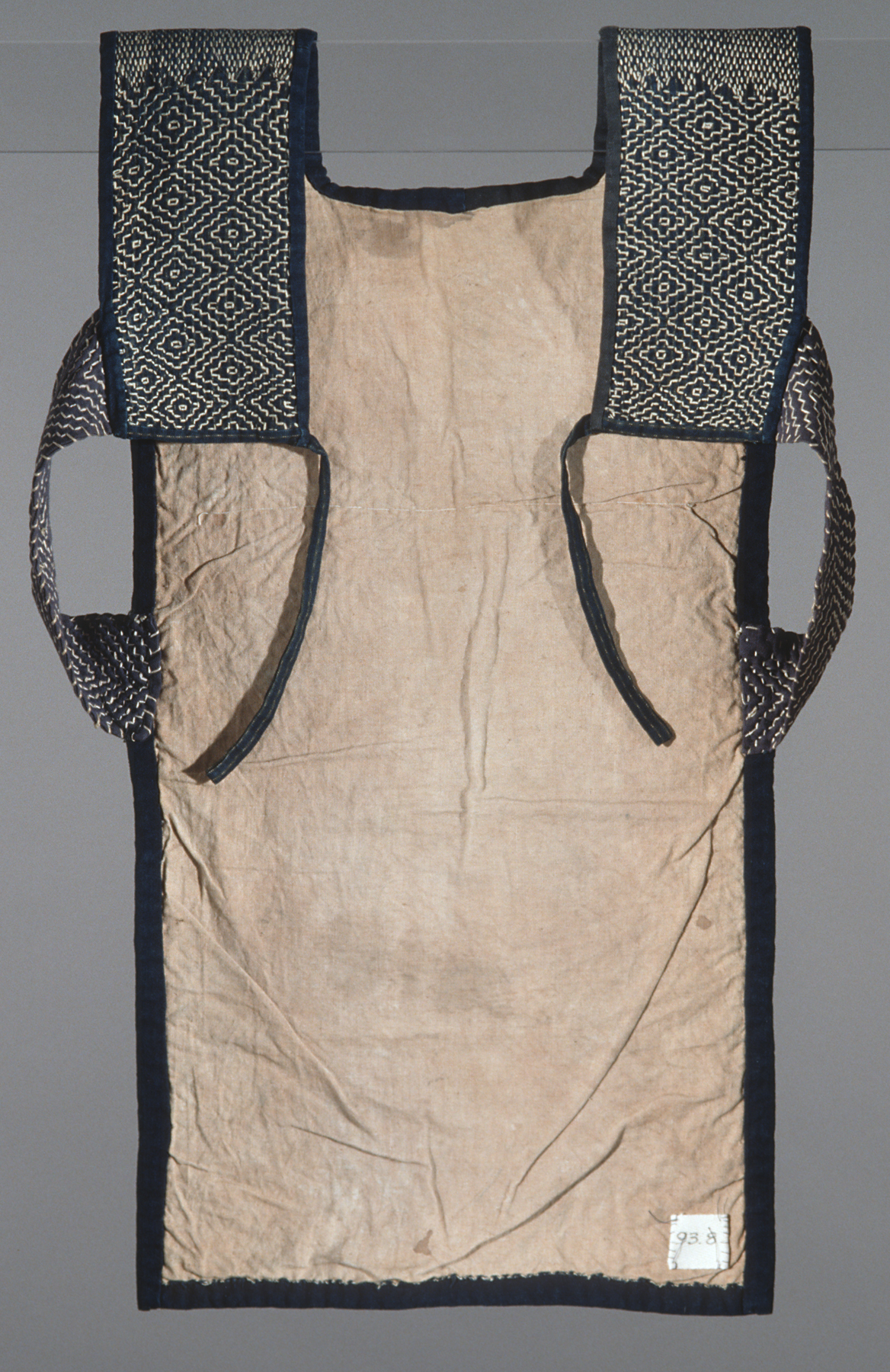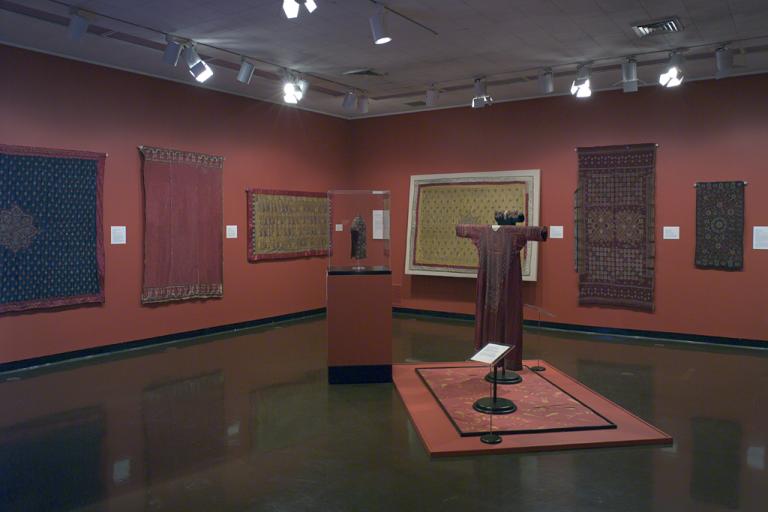nizuri (vest), unknown maker from Japan
Artwork Overview
nizuri (vest)
, early 1900s
Where object was made: Yamagata Prefecture, Tsuruoka District, Tohoku, Japan
Material/technique: cotton; sashiko
Credit line: Museum purchase: Barbara Benton Wescoe Fund
Accession number: 1993.0008
Not on display
If you wish to reproduce this image, please submit an image request



